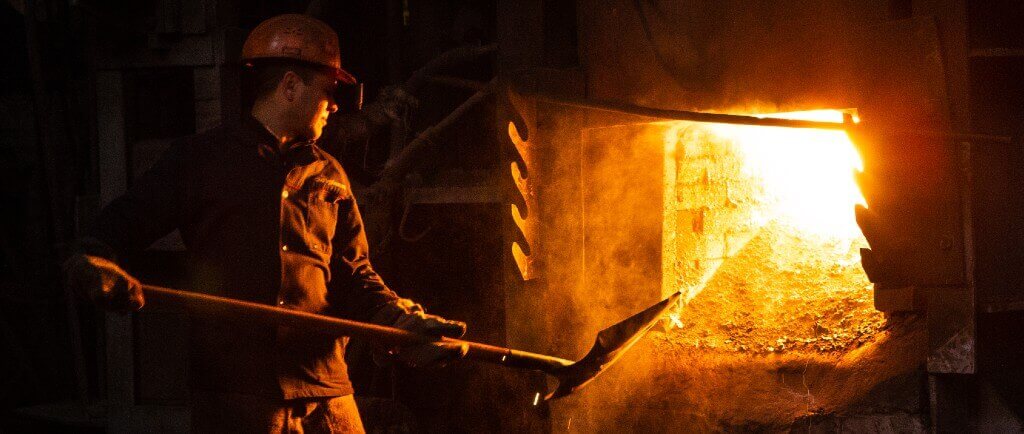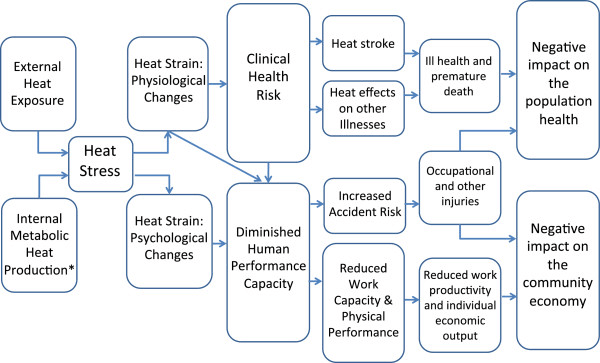
Why neglecting the heat factor can be a risk factor
Heat exposure – either from the sun or generated from machinery can cause serious harm to your employee’s health and productivity.
As we begin our exodus back to work – it is critically important to sensitize your workforce to take steps to acclimatize to soaring temperatures after months of staying indoors.
According to OSHA, almost 50% to 70% of outdoor fatalities occur in the first few days of working in warm or hot environments as the body needs to build a tolerance to the heat gradually over time.
Heat-related hazards are a constant and relevant menace that’s here to stay. Even as projections indicate an increase in the frequency and intensity of extreme weather, let’s look at a few ways to keep your employees safe when temperatures rise.
Contributing factors to heat related-injuries:
- Exposure to harmful UV radiation results in harmful effects to the skin and other bodily functions.
- Heat generated by factory machinery, furnaces, ovens, and other indoor radiant heat surfaces.
- Lack of fluids and dehydration due to exposure in high temperatures and humidity.
- The amount or type of clothing or PPE equipment increases body temperature while on the job.
- People with physical conditions, health problems, older age, and certain types of medication are susceptible to heat-related illnesses.
- Limited ventilation in indoor spaces
Heat stress – the most dangerous heat-induced risk:
Heat stress affects a worker’s function in all levels – physically, mentally, and in productivity. With the increase in the heat load on your body– heat stress can cause physical ailments like heat stroke, heat cramps, and heat exhaustion. It also leads to the accidental risk caused due to sweaty palms or mental aggravation while working long hours exposed to harmful heat levels.

Link between occupational heat exposure and health and productivity. Image courtesy Researchgate
Controlling heat-related illness and accidents at your workplace:
- Follow a heat index as a compass to measure outdoor conditions and take related precautions.
- Provide easy access to hydration stations wherever possible.
- Wear lightweight, light-colored, or loose-fitting clothing while working outdoors.
- Ensure frequent breaks to help employees rest and recharge in a cooler environment.
- Sensitize your employees to identify heat-related illnesses.
- Utilize safety systems, like incident management, and permit to work system to keep track of hot work activities and take rapid action to immediately recognize and douse any heat-related incident.
Heat-related precautions to take while returning to work during Covid-19
- Avoid carrying or spraying alcohol-based disinfectants outdoors due to the inflammable effects of alcohol when exposed to the sun.
- It is preferably better to maintain social distancing than wearing a mask while working in hot environments as masks can cause local dermal effects and increases the temperature of breathing air.
- Follow precautionary guidelines to help workers regulate and acclimatize their body temperatures after spending months indoors.
Neglecting the laments of the lone worker or field workers jeopardizes their safety – either during outdoor work or heat-inducing indoor activity. Taking the right approach to acclimatizing your workforce to the heat is an important step to reinforcing your EHS program.
This post first appeared on the Safetymint Newsletter. To get the newsletter articles delivered to your email, sign-up below:
Joshua Martyn was a content manager at Safetymint, crafting helpful contents that enlighten readers and EHS professionals alike, about fresh trends, technologies and perspectives from the world of safety.



